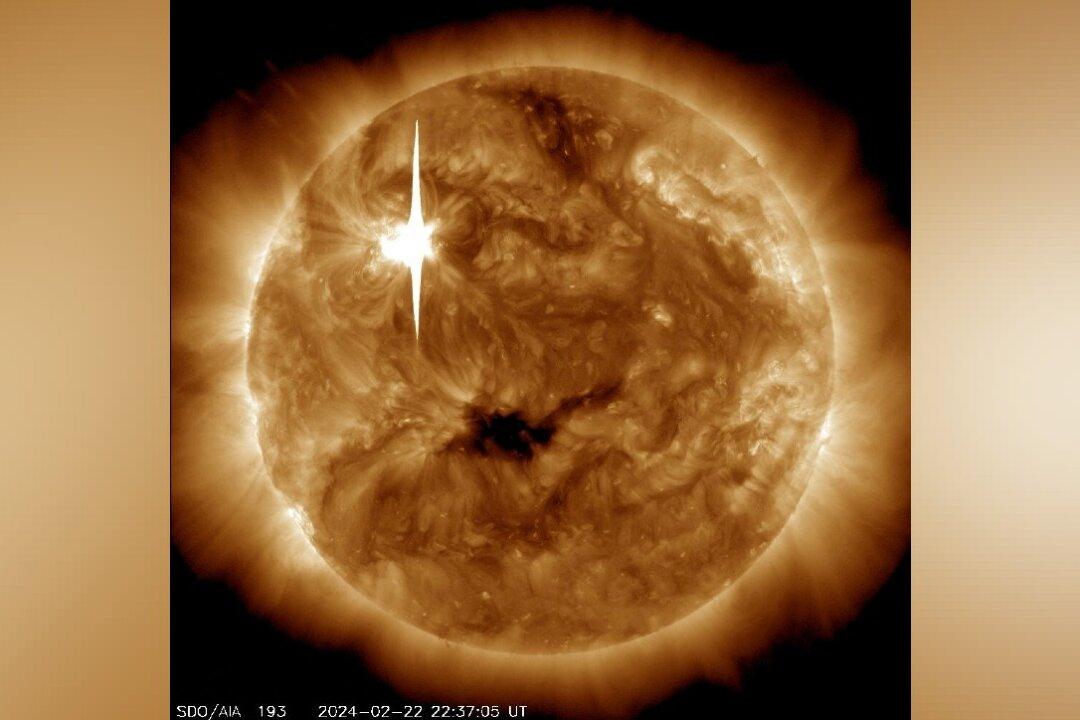The sun has reached the solar maximum phase of its 11-year cycle, leading to increased solar activity, and experts anticipate that this phase could continue into the next year.
The National Oceanic and Atmospheric Administration (NOAA) stated that the solar maximum phase is expected to cause increased solar and geomagnetic storms, potentially providing more opportunities to spot auroras over the next several months, as well as posing risks of disruptions to technology.





